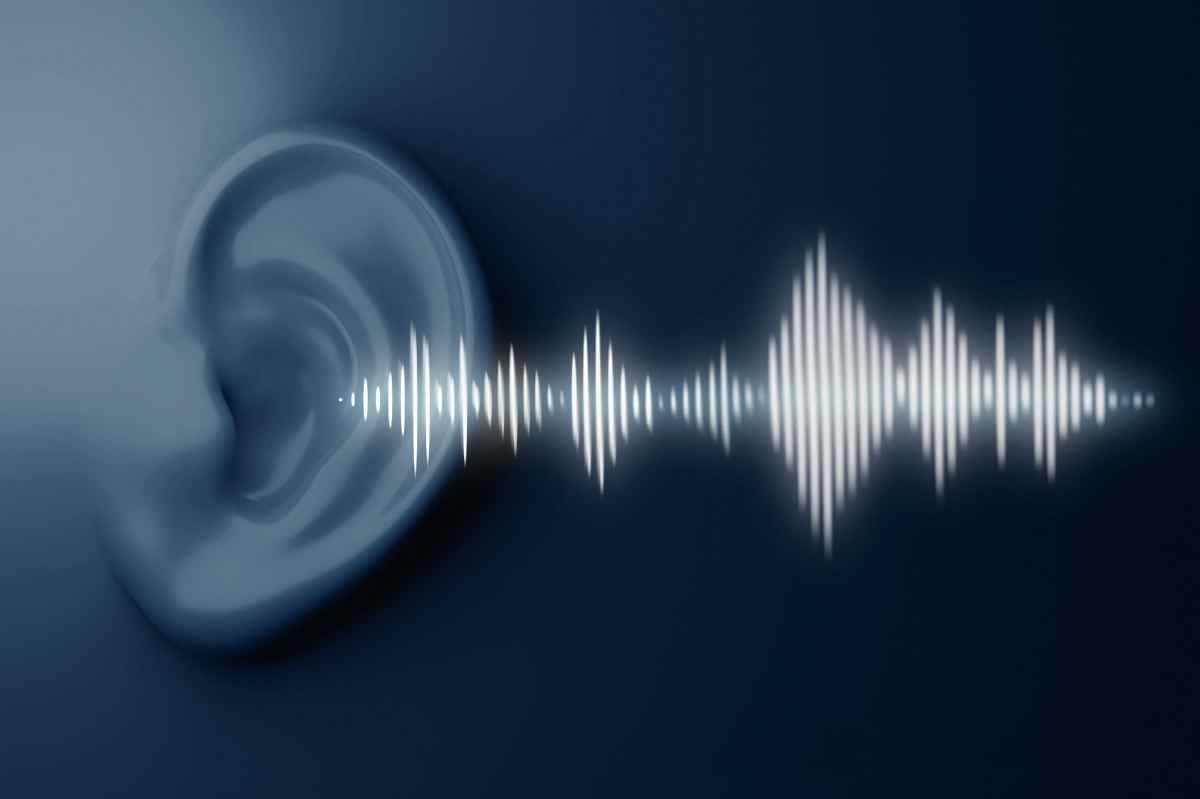Are you interested in purchasing a sound interface but need to know if you need it for your project? You are in the right place because today, I will provide you with essential information about audio interfaces and their features.
I could explain to you what an audio interface is and do it using a mountain of technicalities. However, it is better to explain it clearly and just as I would have liked it to be presented to me.
Table of Contents
What Is A Sound Interface?
A sound interface is a device that transforms an analog audio signal into a digital one. It’s that simple. It is the way to convert sound vibrations into digital data (in binary code, of course) for the computer to interpret.
To perform the conversion, the audio interface allows the connection of external sound sources, such as a microphone or an electric guitar.
Once the analog signal is transformed into digital, we can record, edit, transmit or convert these audio files on the computer using the appropriate software.
You may wonder: doesn’t my sound card do all that on the PC? Yes, of course it does. The difference between the audio interface and a sound card practically does not exist because they are essentially the same. However, the sound card is the simplest form of audio conversion hardware.
When you need to record sound with higher quality and fidelity, with features such as preamplification, the audio interface is essential. We talk about the needs of musicians, singers, streamers or podcasters.
Characteristics Of A Sound Interface
When you realize that you do need to get an audio interface, there are a series of basic features that you need to know. You will find countless models, some more expensive than others. As with everything, the one that costs the most does not always have to be the best for you. It all depends on the use you will give it and your possibilities.
Each audio interface adapts to different needs, so choose the best one for your projects. In one way or another, the characteristics of any sound interface worth its salt are:
Number Of Entries
It is the number of audio devices you can connect to the interface simultaneously. In this sense, it can have from one to several inputs, depending on the number of sounds you expect to obtain.
For example, if you need the audio interface to record yourself playing the electric guitar, one input is enough. But if you want to connect a microphone to sing simultaneously, you need a two-input interface.
Some people have a simple one-input interface, and what they do is record each instrument separately, generating audio tracks on the computer. After recording each track, they combine them to generate a single recording. This is called working with layers.
Connection To The Computer
Here, you have to observe how the sound interface is connected to the computer. This is important because good, fast and reliable data transmission is needed. The most advanced devices use a Thunderbolt connection, but the vast majority of interfaces choose to use USB.
Thanks to the high data transmission speeds offered by USB 3.0, it is no longer even necessary to purchase a FireWire card to connect the interface to the PC. However, some interfaces still retain that type of connection.
Audio Outputs
The interfaces also incorporate a series of digital and analog audio outputs that allow you to connect speakers or headphones. This is very useful to reproduce the sound that is being processed in real-time without loss of quality or distortions.
Previous Digital Processors, Converters And Other Elements
As I mentioned, many interfaces exist, from simple models to the most advanced. The final sound you can obtain depends on the quality of the elements with which it is built, its preamps (sound preamplification), the processor, the converter, etc.
Do I Need A Sound Interface To Record A Podcast?
After reviewing its characteristics, we get to the bottom of the matter. Are you going to make a podcast, and you need to know if the sound interface is right for you?
Yes, but it depends on your priorities. Among the materials that a podcaster needs, the microphone is the main element, which you can connect via USB to your computer or mobile phone, and you no longer need anything else to start.
The problem comes when you want to sound of sufficient quality to offer a more rounded product in all its aspects. Then, it is better to get a dynamic microphone with an XLR connection and an audio interface. Tracks with your voice will sound clear and professional.
Remember that producing a quality product provides greater chances of achieving success or obtaining a larger audience. Listeners like to listen to a podcast with good quality so that it sounds credible and, as we said, professional.
To make a podcast in which only you speak, an interface with one input for your microphone is enough. But my recommendation is that you get one with at least two inputs for when you want to make a simultaneous recording with two voices or conduct an interview for your program.
When investing in an audio interface, I recommend carefully considering the content you will develop. If you only use one voice in your podcast, you can get a cheaper and simpler audio interface, but if you intend to include several voices in it, you will need one with more inputs.
On the other hand, if you want to improve your podcast but feel free from getting complicated with technical issues, you have the option of hiring my podcast voice-over services. Especially if it is a corporate podcast, there is no doubt that it must sound as professional as possible.
That’s it for my brief but essential review of the world of the sound interface. It is a device that, when you finally get to know it, you can no longer live without it. Without a doubt, it is a tool that facilitates the creation of podcasts and adds a lot of professionalism to its content.
The jump in quality is quite big. If you want to sound like your favourite podcaster, the sound interface may be your solution.
Also Read: Internet Radios Through The Ages




